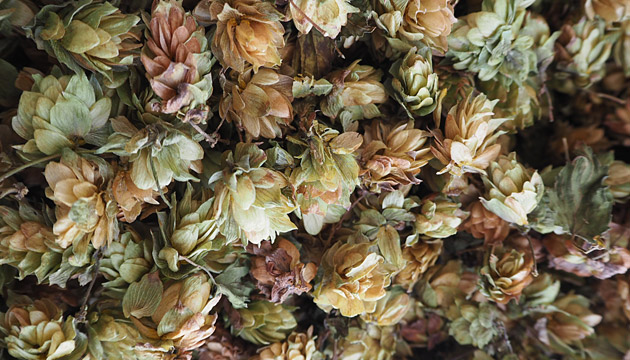Hamish Coates has created a craft brewery using only farm-grown ingredients, including hard-to-grow hops.
Story Lily Yeang
Hamish Coates was never very interested in cows, despite his four previous generations being dairy farmers. “I am passionate about using the farm and I want to continue farming, but not dairy,” he says.
The family farm, Rocky Ridge, is located in premium dairy country, 16 kilometres south of Busselton, WA, and has been home to cattle-farming Coates for a long time. But with no interest in continuing the family tradition, Hamish had to think of new ways to make use of the Jindong property.
As an avid home brewer, he had previously followed his passion for beer with jobs in breweries across the south-west, and it was while working for these enterprises that he noticed something peculiar.
“A lot of local craft breweries actually use overseas ingredients, more often than not,” he says. “It’s frustrating because we’ve got the best products here in WA.”
So, imagining a beer made from local ingredients and thinking of possible uses for his farm, Hamish decided to combine the two and create his own craft brewery. The idea was to create Rocky Ridge Brewing Company’s first batch of beer using only locally grown and collected ingredients – hops, barley and rainwater. And that presented his first problem.
While fresh hops used to be common across Western Australia, it has become harder to find nowadays, with breweries using hop pellets instead, or importing from interstate and overseas.
“There are some hops in WA, but most people have limited success with it,” Hamish says. “There is very little information [on how to grow hops] available that is relevant to the Southern Hemisphere, let alone a climate like ours. The initial reaction from most commercial growers was, ‘Don’t try, it won’t work’. In a lot of ways this probably led to me making it work.”
Starting with just six hops plants sourced from other home brewers and a small hops farm in Albany, Hamish began to experiment. “They’re fantastic; they grow from nothing,” he says. “You take a cutting of a rhizome [a modified stem that bears nodes from which new plants spring] and plant it so it grows into a massive root ball. Cut a tiny bit off and propagate it in a little pot and three months later you’ve got a fully grown plant.”
This story excerpt is from Issue #115
Outback Magazine: October/November 2017










